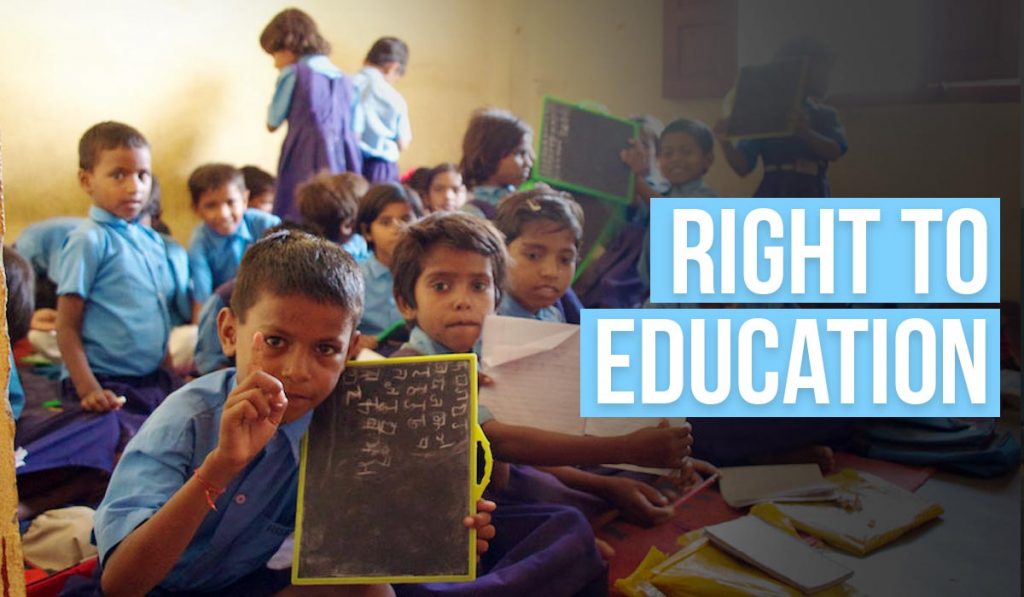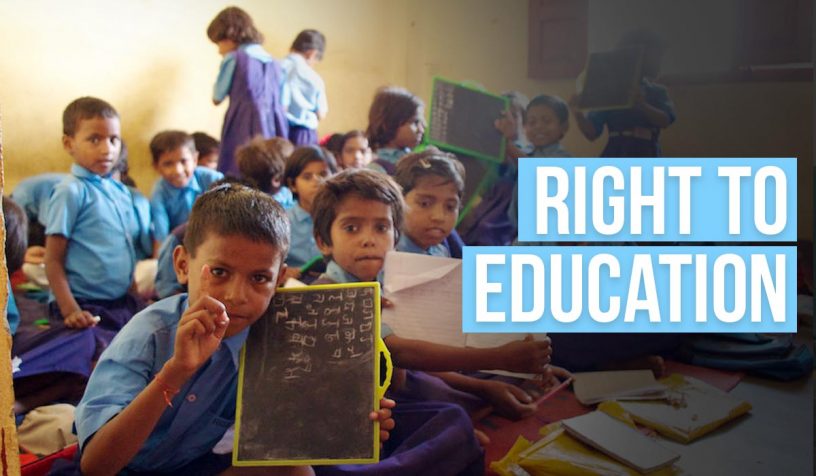
The article explores different state-private welfare function models and locates the 25 per cent reservation clause in the Right of Children to Free and Compulsory Education Act, 2009 under the gamut of one of its classifications.
Author
Sushant Chandra, Associate Professor, Jindal Global Law School, O.P. Jindal global University, Sonipat, Haryana, India.
Summary
The Right of Children to Free and Compulsory Education Act, 2009 (hereinafter referred to as RTE Act) enacted by the Indian Parliament in 2009 has been a kernel of constitutional controversies. There are spate of controversies emerging from polemical provisions under the RTE Act.
In this article, the rabid principle slating out free education for children for economically weaker section and disadvantaged category has been dissected in its design, content, function, and perception.
The first part of the article explores different state-private welfare function models and locates the 25 per cent reservation clause under the gamut of one of its classifications. The second part of the article evaluates the Formalist and Realist arguments, and while mapping the role played by objective purpose of the education statute, it argues for the suitability of Holmesian approach to interpreting the 25 per cent reservation clause.
In the backdrop of the debate between formal interpretation and Holmesian interpretation, the third part of the article sets out the approaches adopted by different High Courts in interpreting 25 per cent reservation clause and argues for adopting a coherent approach across different courts in India.
Published in: Statute Law Review
To read the full article, please click here


